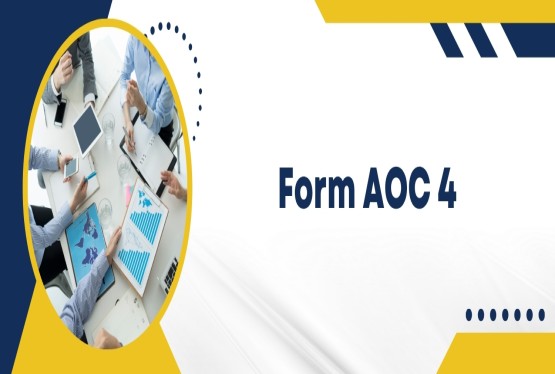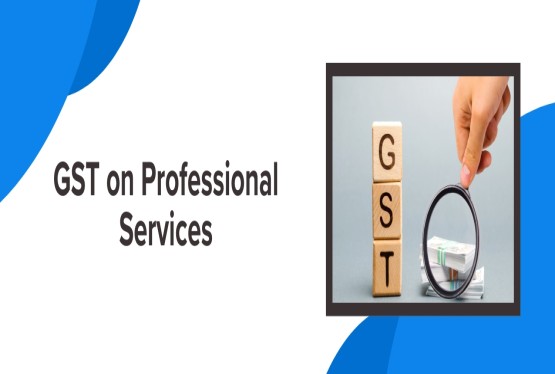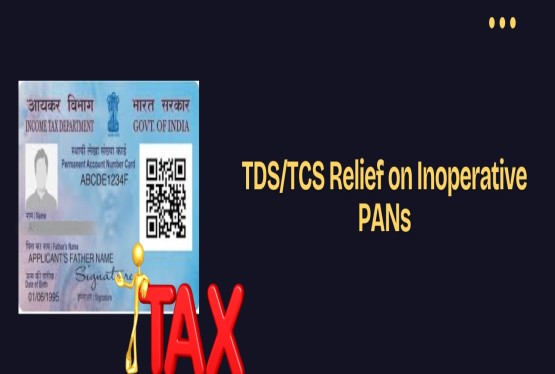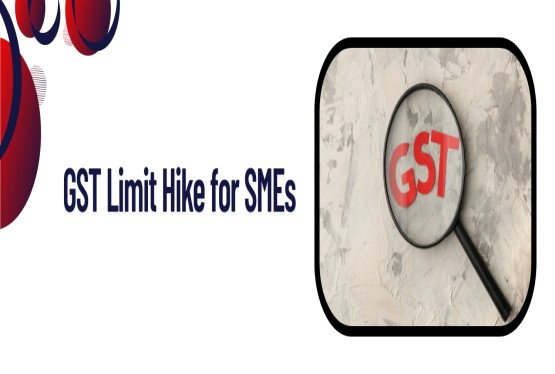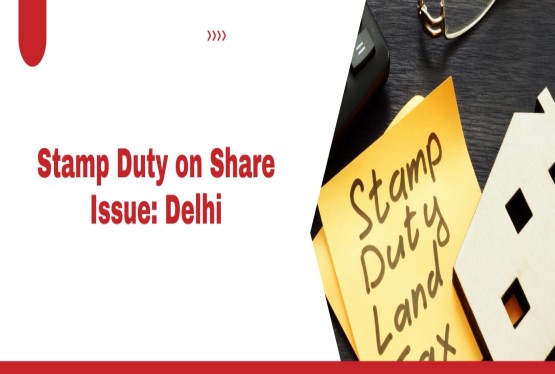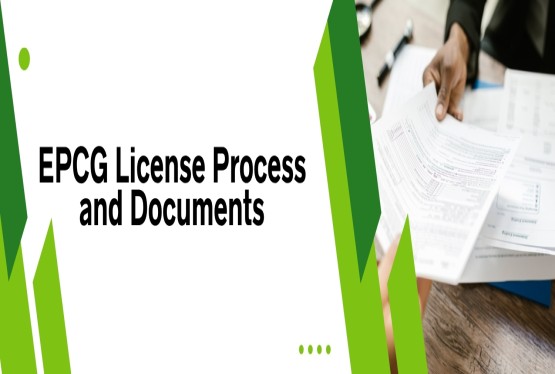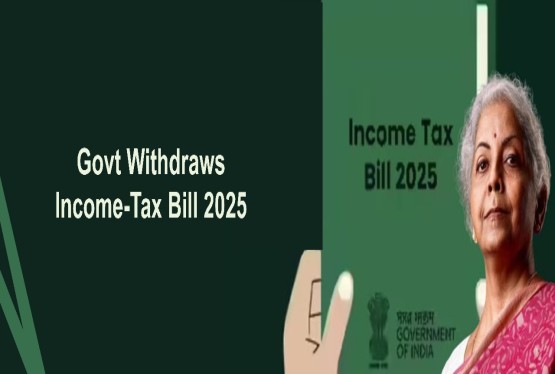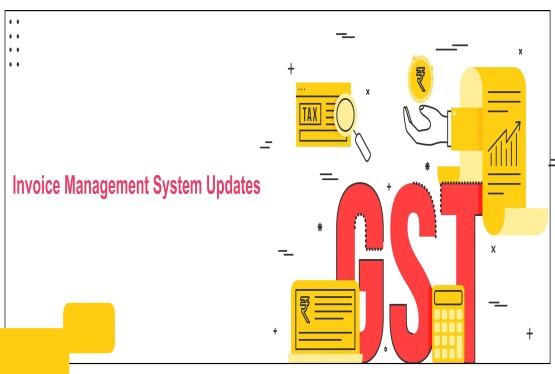The Central Board of Indirect Taxes and Customs (CBIC) has consistently emphasized the need for transparency and accountability in tax administration. One of the key steps taken to achieve this was the introduction of the Document Identification Number (DIN) system. Initially mandated in 2019, DIN was designed to authenticate communications sent by tax officials. However, with the evolution of the GST ecosystem and increased digitization through the GST common portal, a new clarification has emerged. This has been addressed through CBIC Circular No. 249/06/2025-GST, dated 9th June 2025, which aims to resolve confusion around the dual use of DIN and RFN (Reference Number).
Background of the DIN System
The concept of Document Identification Number (DIN) was introduced through Circular No. 122/41/2019-GST, dated 5th November 2019, followed by Circular No. 128/47/2019-GST, dated 23rd December 2019. The primary objective was to ensure that any notice, summons, or letter issued by a GST officer should have a unique identification number. This was to prevent misuse and bring greater transparency and traceability into tax-related communications.
In simple terms, DIN worked like a unique tag to verify the authenticity of documents issued by the tax department, thereby eliminating the possibility of unauthorized or untraceable notices being sent to taxpayers.
What is Reference Number (RFN)?
With the increasing reliance on the GST common portal, another unique identifier known as the Reference Number (RFN) came into regular use. Every document or summary generated through the portal automatically carries an RFN, which is a system-generated, verifiable number. This number can be cross-verified by taxpayers on the official GST portal: https://services.gst.gov.in/services/verifyRfn
The RFN carries complete information such as:
-
Date of generation
-
Issuing office
-
Type of communication
-
Module and content summary
Thus, RFN essentially performs the same function as DIN, but through the centralized GST system.
Purpose of the Circular No. 249/06/2025-GST
The main purpose of this circular is to eliminate duplication and clarify the distinction between RFN and DIN when GST-related communications are made. The board recognized that communications issued via the GST portal already contain a verifiable RFN. Therefore, attaching a DIN to the same communication results in two unique identifiers for a single document, which can cause unnecessary confusion.
The circular clarifies that in such cases, only the RFN is sufficient, and the DIN is not required for documents issued through the GST portal.
Legal Reference: Section 169(1)(d) of CGST Act, 2017
This clarification is in line with Section 169(1)(d) of the Central Goods and Services Tax (CGST) Act, 2017. This section states that:
“Any decision, order, summons, notice, or other communication shall be served by making it available on the common portal.”
Hence, if a notice or communication is issued through the portal, it is considered legally valid, and RFN serves as the official identification number.
Importance of Instruction No. 4/2023-GST
Another key point referenced in this circular is Instruction No. 4/2023-GST dated 23rd November 2023. This instruction emphasized the mandatory compliance with Rule 142 of the CGST Rules, which mandates that:
-
The summary of Show Cause Notices (SCNs) must be uploaded using Form GST DRC-01
-
The summary of Order-in-Original should be issued through Form GST DRC-07
Both these forms are generated and shared via the GST common portal, and they carry the RFN automatically. This again supports the logic that if RFN is already present, there is no need to include DIN.
Clarification on Dual Numbering (DIN vs RFN)
Prior to this circular, both DIN and RFN were being used together for the same communication, particularly in cases where the notice was auto-generated through the portal. However, this created confusion, duplication, and administrative burden.
The 2025 circular puts an end to this by stating that:
-
If a document is generated through the common GST portal and bears a verifiable RFN, then there is no need to quote DIN.
-
Such communications with RFN will be treated as valid and authentic under the CGST Act.
What Changes After This Circular?
For Officers
GST officers no longer need to generate and quote DIN for communications issued through the portal. This streamlines operations and reduces redundancy.
For Taxpayers
Taxpayers can rely on the RFN alone to verify the authenticity of a notice or communication. They can simply visit the GST portal and use the RFN verification service.
Modification of Earlier Circulars
Circulars No. 122/41/2019-GST and 128/47/2019-GST now stand modified to this extent. They no longer mandate DIN in communications issued through the GST portal.
Implications of the Clarification
The issued clarification carries both practical and legal significance, aimed at improving system efficiency and user experience:
Simplified Compliance
Removing the requirement for two separate numbers streamlines the process for both taxpayers and departments. It reduces confusion, improves recordkeeping, and makes it easier for users to track and comply with regulatory or procedural requirements efficiently.
Clarity in Communication
Using a single, consistent Reference Number (RFN) ensures that all parties—taxpayers, departments, and appellate authorities—communicate using the same identifier. This prevents miscommunication, enhances coordination, and supports transparency across all stages of interaction.
Minimized Technical Errors
Previously, mismatches in Document Identification Numbers (DINs) often resulted in verification failures and appeal complications. By standardizing the use of RFN, such errors are significantly reduced, improving accuracy and reducing delays in the processing of matters.
When is DIN Still Required?
It is important to note that DIN is still mandatory for offline or manually issued communications by GST officers, such as:
-
Personal letters not issued via the portal
-
Summons or memos issued in person
-
Communications sent via post or email manually
For these types of communications, DIN remains essential to ensure traceability and legitimacy.
Summary of the Circular
To summarize, the CBIC's Circular No. 249/06/2025-GST clarifies that:
-
Document Identification Number (DIN) is not mandatory for any document generated via the GST common portal.
-
The Reference Number (RFN) issued through the portal is sufficient and will serve as the official, verifiable identifier.
-
This applies to all system-generated notices, show cause notices (SCNs), orders, and communications issued through the GSTN portal.
-
The clarification is supported by Section 169(1)(d) of the CGST Act and Rule 142 of the CGST Rules.
-
Earlier circulars from 2019 onwards stand amended to incorporate this change in practice.
Conclusion
The GST framework is rapidly evolving toward increased automation and digital integration. Circular No. 249/06/2025-GST is a step forward in simplifying processes and eliminating redundancies. By recognizing the RFN as a sufficient identifier for communications generated via the GST portal, the CBIC is reducing administrative load and improving ease of doing business for taxpayers. It also ensures a consistent and secure method for document verification. As India progresses toward a fully digital tax ecosystem, such clarifications provide the much-needed clarity to both tax officers and businesses.
Frequently Asked Questions (FAQs)
Q1. What is DIN in GST communication?
Ans. DIN stands for Document Identification Number. It is a unique identifier issued by tax officers on official GST communications to ensure authenticity and traceability.
Q2. What is RFN in GST documents?
Ans. RFN refers to Reference Number, a unique identifier generated automatically by the GST portal for every document issued online. It can be verified through the official portal.
Q3. What is the significance of Circular No. 249/06/2025-GST?
Ans. This circular clarifies that DIN is not required for GST communications issued via the common portal which already bear a verifiable RFN.
Q4. Can a document have both DIN and RFN?
Ans. Yes, previously some documents contained both. However, the new circular eliminates the need for DIN when RFN is already present.
Q5. Where can I verify the RFN of a GST document?
Ans. You can verify RFN at the official GST portal using this link: https://services.gst.gov.in/services/verifyRfn
Q6. Are earlier DIN circulars still valid?
Ans. Yes, but only for offline/manual communications. They have been modified to exclude portal-generated communications with RFN.
Q7. Is DIN still required for GST emails sent manually by officers?
Ans. Yes, if the email is not generated via the GST portal and is sent manually, DIN is still mandatory.
Q8. What is Section 169(1)(d) of the CGST Act about?
Ans. It mandates that any GST communication can be served through the GST common portal, making such service legally valid.
Q9. What are Form GST DRC-01 and DRC-07?
Ans. These are summary forms for Show Cause Notices and Orders issued under GST, and are uploaded via the GST portal bearing RFNs.
Q10. What benefits do taxpayers get from this clarification?
Ans. Taxpayers can avoid confusion due to multiple identifiers and can rely on RFNs for verifying authenticity, simplifying their compliance process.

_crop6_thumb.jpg)






_crop10_thumb.jpg)




































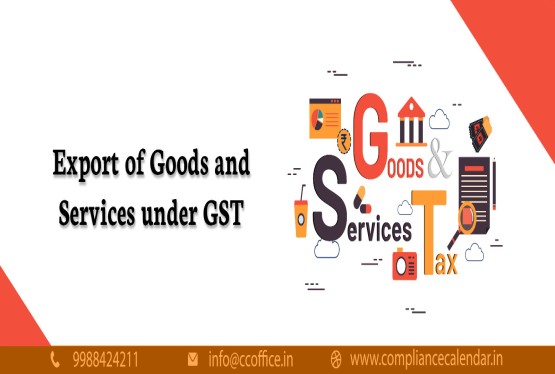













































_for_FY_2025-26_crop10_thumb.jpg)



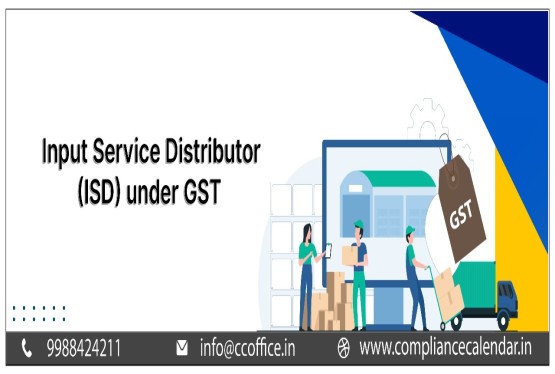








_learn_crop10_thumb.jpg)








_Filing_Due_Dates_for_FY_2024-25_learn_crop10_thumb.jpeg)
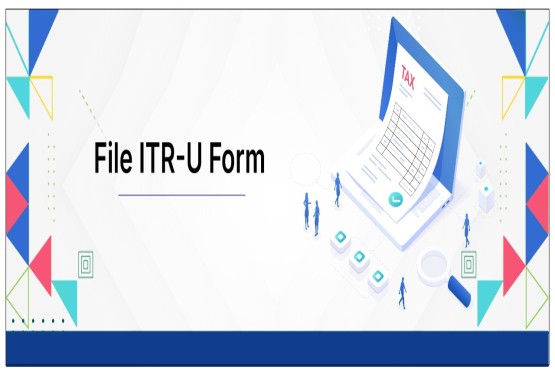

























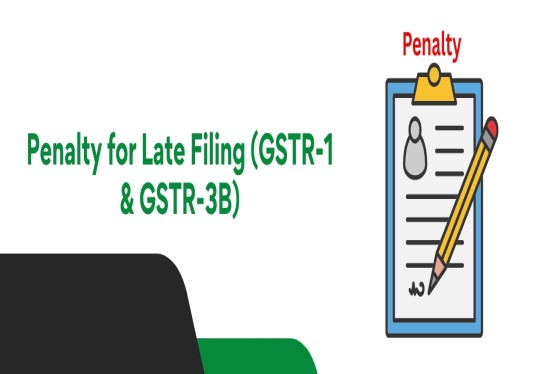












_of_GST_Act_learn_crop10_thumb.jpg)










_Under_GST_learn_crop10_thumb.jpg)









_crop10_thumb.jpg)


_crop10_thumb.jpg)






_learn_crop10_thumb.jpg)






















_of_the_Income_Tax_Act_learn_crop10_thumb.jpg)



_learn_crop10_thumb.jpg)
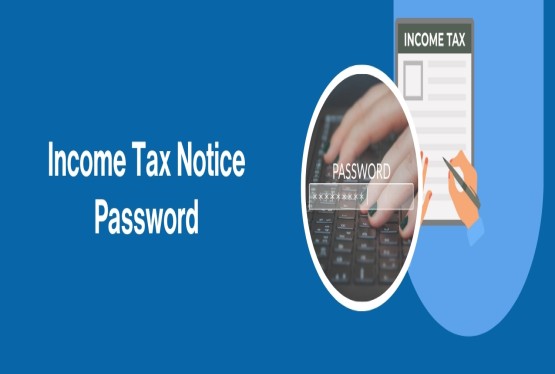





_learn_crop10_thumb.jpg)






_crop10_thumb.jpg)




















_in_The_Income_Tax_Act,_1961_learn_crop10_thumb.jpg)



_learn_crop10_thumb.jpg)



_of_the_Income_Tax_Act_learn_crop10_thumb.jpg)


_Of_Income_Tax_Act_learn_crop10_thumb.jpg)








_learn_crop10_thumb.jpg)








_learn_crop10_thumb.jpg)






















_learn_crop10_thumb.jpg)
_for_Import_and_Export_learn_crop10_thumb.jpg)









